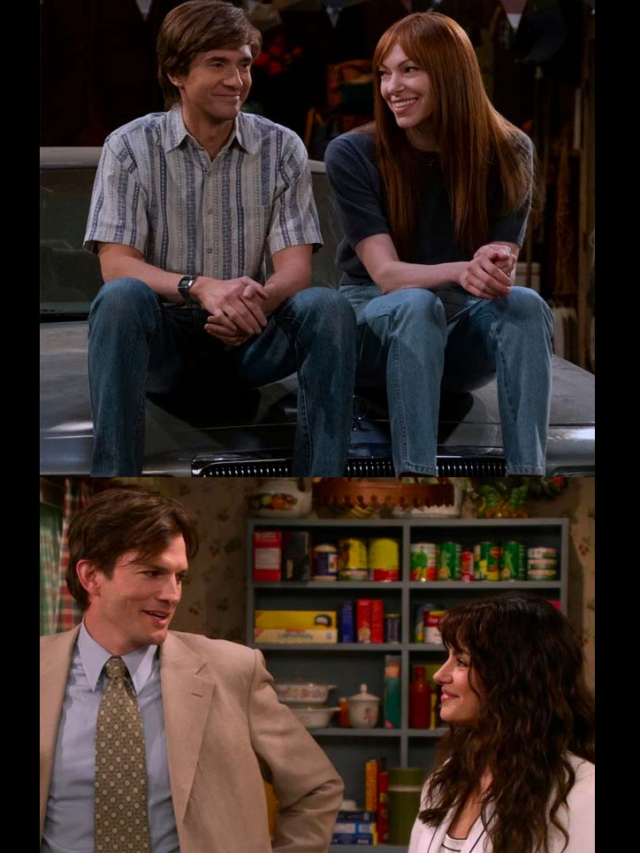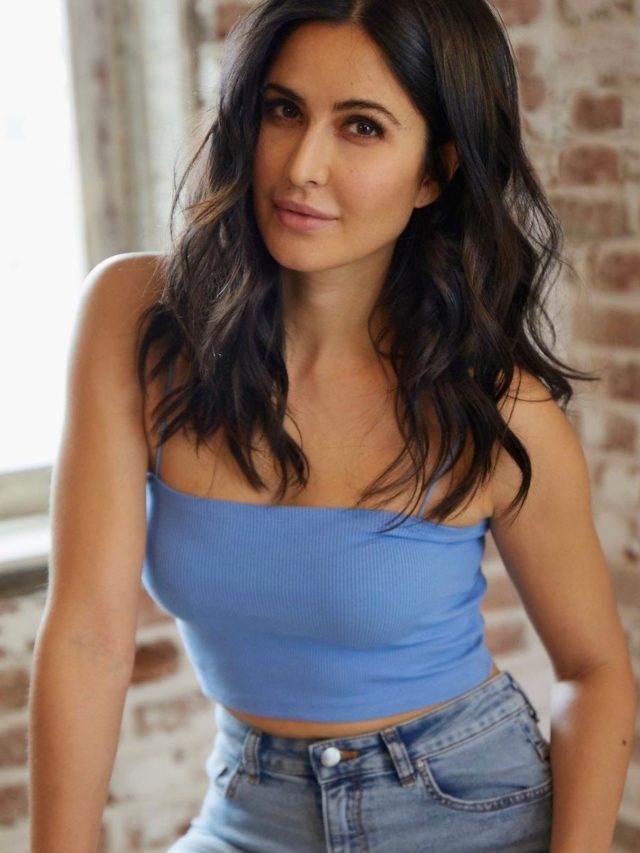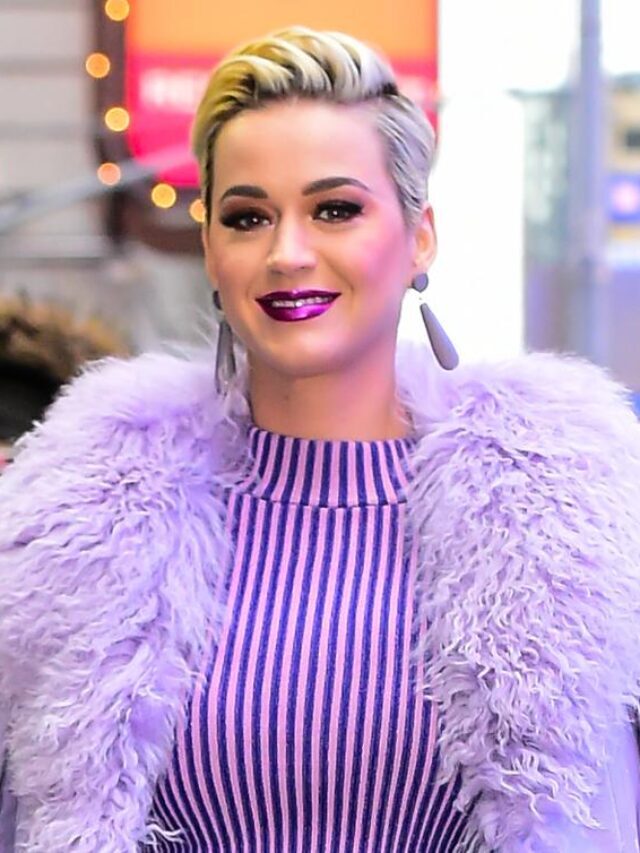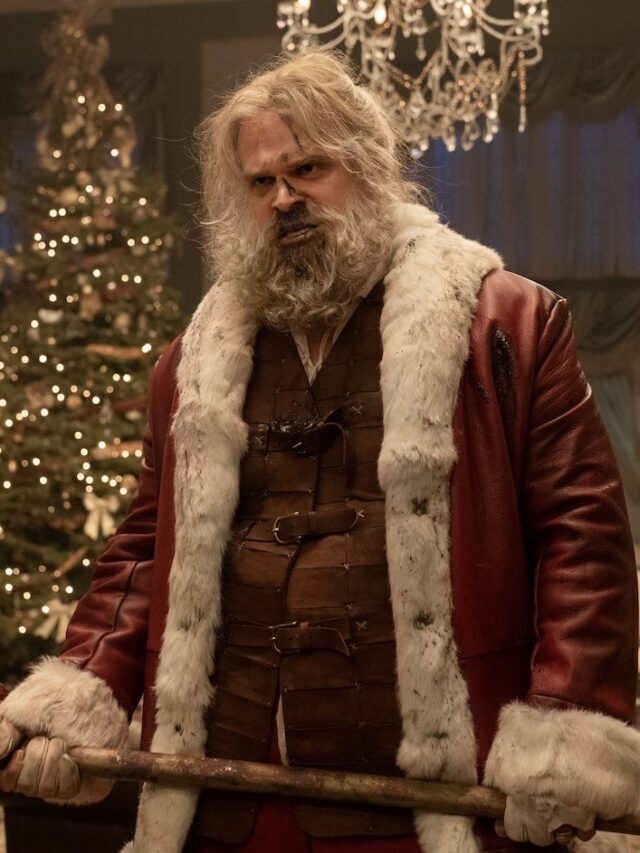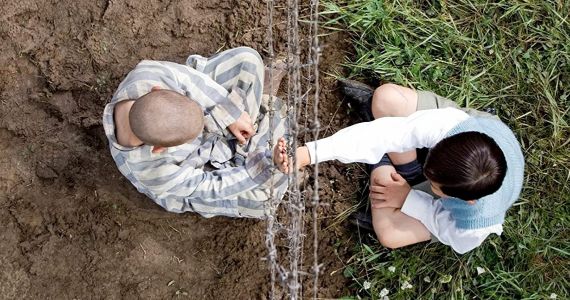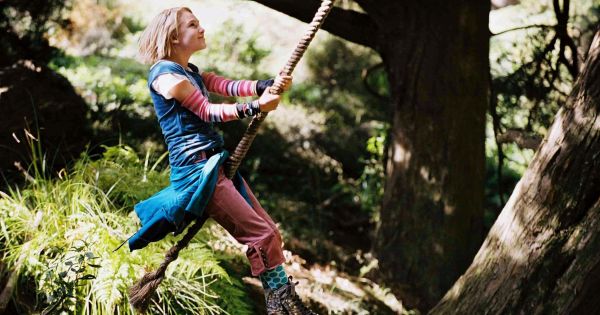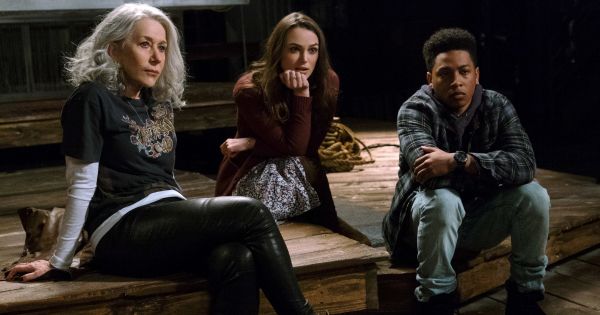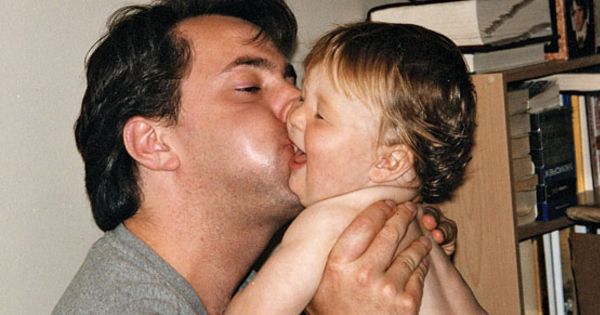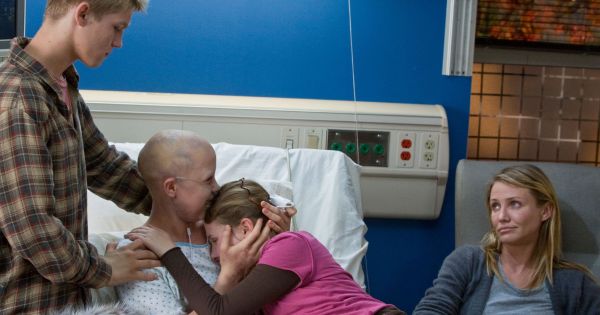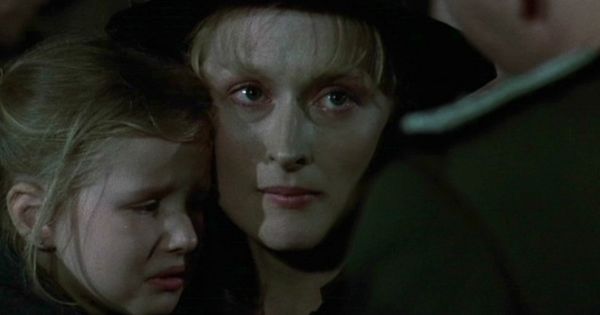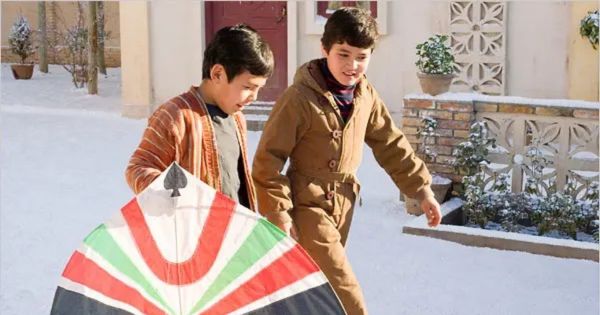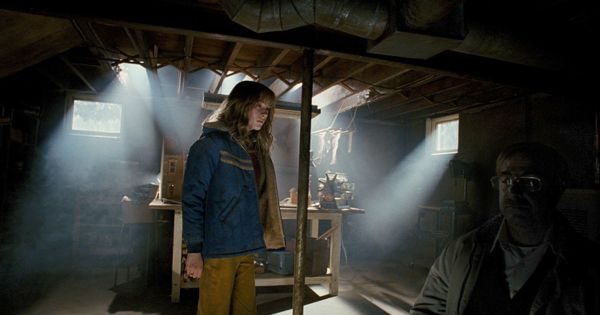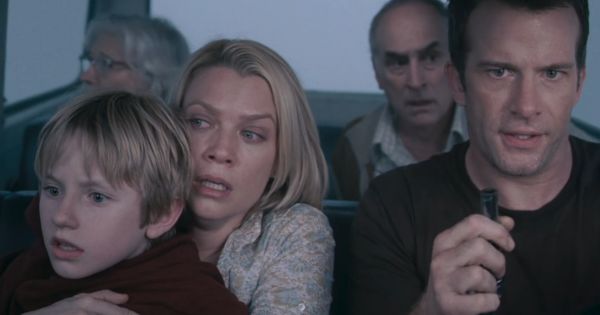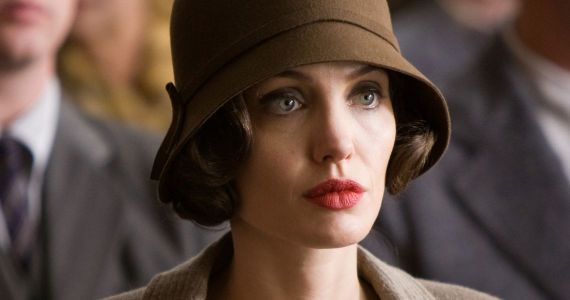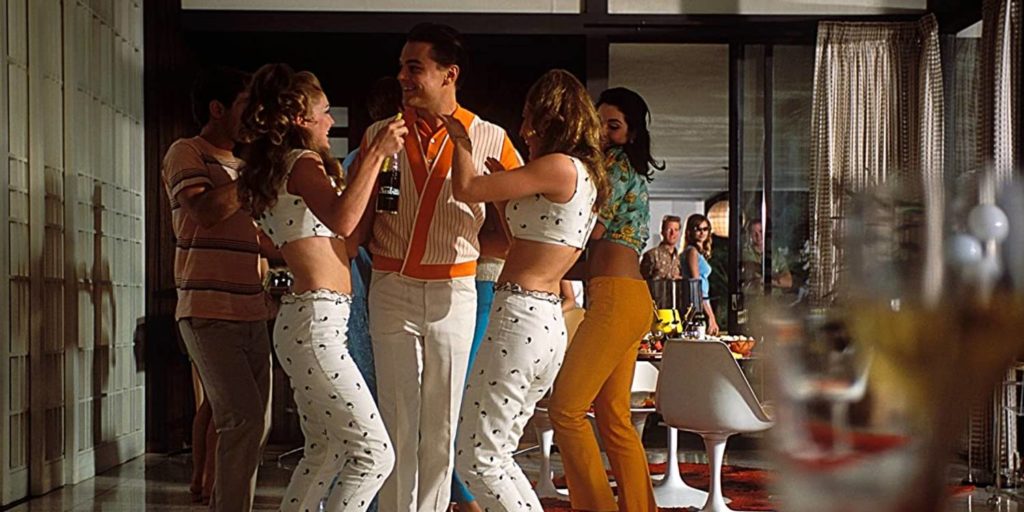In each of the following movies, the main idea is that a child’s future is uncertain or terrible. When we are forced to see the abuse, pain, or, in the worst case, death of a person who has no way to defend themselves and is innocent by nature, it pokes at something deep inside of us that screams to be let out to protect that child.
These are the movies we have to force ourselves to watch past the halfway point, or maybe even before that, because we want to look away but can’t. They leave us with a sadness that comes back every time we think about what we saw, like a sore spot on a broken bone that just won’t heal. These movies don’t feel like just pictures moving across the screen. Instead, they feel more like shared experiences.
Table Of Content
Bridge to Terabithia (2007)
Bridge to Terabithia starts out pretty well. Josh Hutcherson, who plays the bullied main character Jess, makes friends with his next-door neighbor Leslie, who is played by AnnaSophia Robb. The two 11-year-olds go exploring in the woods and creek near their homes. They find an abandoned tree house, which inspires them to make up their own fantastic world. This place is known as Terabithia. Thanks to this bright new friendship, we get to see Jess open up and find happiness outside of his family’s financial problems. Because of how much warmth and safety are built up, the ending is such a powerful source of sadness.
While Jess is at the art museum, Leslie tries to cross the creek by swinging from a rope. The rope breaks, and Leslie falls into the water, hits her head, and drowns. This movie is hard to take in because it shows the death of a child who was so young and had so much life ahead of her. It also shows Jess’s pain after the death of his best friend.
Collateral Beauty (2016)
The death of a child is the most painful thing that can happen to a parent. In the 2016 movie Collateral Beauty, Will Smith plays Howard Inlet, a man who falls deeper and deeper into a depression he can’t get out of after the death of his 6-year-old daughter. He won’t eat or sleep. Instead, he spends all of his time building complicated structures out of dominoes. His partners in business have started to worry. They hire actors to play Love, Time, and Death, the three abstracts Howard has written angry letters to. The plan is to show that Howard is not fit so that both he and they can keep making money.
During this well-acted drama, we feel Howard’s grief as if it were our own. We see his last moments with his daughter, his interactions with the actors (who we never really know if they are just hired actors or if they are the spirits of Love, Time, and Death in the flesh), and his interactions with his estranged wife, who suffers as much as he does but refuses to give in to it. We get to see the anger that anyone who hasn’t lost a child can imagine is real and that anyone who has lost a child will feel in their gut.
Dear Zachary (2008)
Dear Zachary is a movie love letter/scrapbook for baby Zachary. It is made up of interviews with family and friends to help him learn about his father, who he will never meet in this life. The film was made by Zachary’s father’s best friend, Kurt Kuenne. It came about because Zachary’s mother, Shirley Jane Turner, killed Zachary’s father, Andrew Bagby, in real life. Turner didn’t find out she was pregnant until she was accused of killing Andrew. While Turner was in jail, Andrew’s parents took care of their beloved grandson for a while.
But when she was freed, they had to give Zachary back to his mother, though they could still see him. Turner made the sad choice to kill herself and Zachary. She tied the 13-month-old to her chest and jumped into the Atlantic Ocean, drowning them both. David and Kathleen, Andrew’s parents, were so saddened by what happened that they made it their mission to change the laws about giving and paying bail so that no other children would be hurt because the system failed to protect them. In the last part of the movie, Andrew’s family talks about how much they loved Andrew and Zachary.
Gone Baby Gone (2007)
Since it came out in 2007, many people who have seen it have had strong feelings about it. When drug use and kidnapped children are added to parents who don’t care about their kids, emotions are sure to run high. Gone Baby Gone tells the story of how four-year-old Amanda McCready, played by Madeline O’Brien, was taken, thought to be dead, and moved. It also shows what happened before and after Amanda was found and reunited with her mother. Amanda’s mother and father are both addicts and drug mules for a local drug lord named Cheese, who is played by Edi Gathegi. When Amanda goes missing, so does $130,000 of the king pin’s money. This makes Casey Affleck’s character, P.I. Patrick Kenzie, and Morgan Freeman’s character, police Captain Jack Doyle, think that Cheese was involved in the kidnapping.
The twist in this story is that the captain himself has taken the young girl to raise. He did this because he lost a daughter years ago and saw how shamefully the child was being raised. The thing that really hits you in the gut about this movie is the emotional tug of war going on onscreen and in your heart as you watch helplessly as Amanda is given back to her neglectful mother and the man who desperately wanted to save her and love her the way she deserves to be loved is arrested. We are torn between wanting the mother to be a mother and wanting a child to be with their parent. The sad truth is that Amanda’s mother was never fit to be a mother, and the life she could have had with Doyle is now nothing but ashes of memory.
My Sister’s Keeper (2009)
Cancer in children is never an easy thing to talk about or think about. No one, parent or not, is likely to be able to watch media in which a child has to deal with the many humiliations of disease while carrying the hopes of everyone who loves them and not feel like an elephant’s foot is on their chest. My Sister’s Keeper is a bit of a surprise because it starts with 11-year-old Anna, played by Abigail Breslin, fighting for bodily autonomy from her distraught parents, Brian (Jason Patric) and Sara (Cameron Diaz), who made her through in-vitro fertilization as a savior sibling for her older sister Kate (Sofia Vassilieva), who is dying of acute promyelocytic leukemia.
The movie shows some of the family’s happiest and most supportive times, as well as the terrible sadness they feel when their little girl dies from a disease that can no longer be fought. The pain comes from Anna’s unwillingness and absolute refusal to give up. The final release comes when it is revealed that Kate asked Anna to refuse any more procedures because she is tired of seeing her loved ones suffer and because she herself is suffering.
Sophie’s Choice (1982)
This movie is scary for more than just the title, which is an act of desperation. In flashbacks between 1947 New York and Poland under Nazi rule, Sophie’s Choice, which came out in 1982, takes us down one of the darkest roads in history. The main character, Stingo, is played by Peter MacNicol, and Sophie is played by the ethereal Meryl Streep. The film is based on the same-named novel by William Styron, and it tells Sophie’s story as told to and through Stingo after she has moved to the United States. Sophie, the main character, was married and had two children when her family was taken by the Gestapo. Her husband was killed right away, and she, her son Jan, and her daughter Eva were sent to the Auschwitz concentration camp.
Sophie has to decide which of her precious children will be sent to the gas chamber so that they don’t both die. This is the choice that the title refers to. Sophie chose for her daughter Eva to die right away, so her son Jan was sent to the children’s camp, where he would eventually die, too. Sophie’s heavy life doesn’t end when she gets to the United States. Instead, she ends this story of unimaginable sadness by killing herself. This act can be seen as a final act of freedom or as one more sad thing in a life full of tragedy.
The Boy in the Striped Pajamas (2008)
The Boy in the Striped Pajamas is another movie about a time in history when it seemed like there was no hope. It is about two families on opposite sides of the fence in Nazi-occupied Poland. Bruno’s father is an SS officer, and Shmuel, who is the same age as Bruno, is a prisoner in the concentration camp that is right behind his family’s house, which Bruno thinks is a farm. The two boys meet by chance when Bruno goes into the woods and runs into Shmuel at the barbed wire fence. They keep getting together and becoming friends, but none of them know what’s really going on at the camp or why people have to wear uniforms. Bruno thinks that the uniforms are just pajamas, and poor, naive Shmuel thinks that his situation will only last for a short time. The boys come up with the idea to put Bruno in the “pajamas” so he can help Shmuel find his missing father without being seen.
The cruel twist is that Bruno’s kindness and care for Shmuel are the very things that kill him. When we see Bruno suffer the same fate as Shmuel and so many other people who didn’t deserve to go through such cruelty, it’s enough to untie every knot in our throats.
The Kite Runner (2007)
The Kite Runner is about two 10-year-old boys growing up in Kabul before and after a military intervention. The story is told in flashbacks from the year 2000 to 1978, 1979, and 1988. Amir, who is played by Zekeria Ebrahimi, is a kite fighter. Hassan, who is played by Ahmad Khan Mahmoodzada and is his best friend and the son of his father’s servant, is his “kite runner,” or the person who gets the kite after it has been fought and won or lost. The movie is about feeling helpless and guilty, and what those feelings can make people do. Hassan goes to get Amir’s kite after a battle. When he gets there, he is beaten and sexually abused, but Amir is too afraid to stop it or call for help. After this, Amir can’t face Hassan, so he frames him for theft to get him and his father kicked out of his house. He does this because he can’t deal with his own guilt over not defending Hassan. Hassan’s life will never be the same again, as Amir finds out in 2000. We find out later that Hassan was not just the servant’s son, but also Amir’s half-brother from his father’s side.
Hassan and his wife were both killed when the Taliban took over power. Even though the story ends with Amir and his wife taking in Hassan’s son Sohrab and Amir becoming Sohrab’s “kite runner,” the emotional journey this movie takes us on will stay with us for a long time.
The Lovely Bones (2009)
The Lovely Bones is the kind of movie that makes us feel like we need a happy ending. We don’t get this kind of break, though. Even though the movie’s ending tries to tie up all the loose ends in a way that is somewhat satisfying, it is very disappointing that the predatory, murdering creep next door gets away with nothing. In 1973, Susie Salmon, played by Saoirse Ronan, is only 14 years old when her neighbor George Harvey, played by an eerie Stanley Tucci, lures her to her death in an underground bunker he built just for that purpose. We watch her family deal with her death without being able to bury her because Harvey has kept her body and kept it hidden so he won’t get caught. We have to watch as Susie lives in a place called “the in-between,” which is neither on Earth nor in heaven. She struggles to move on or to help her family figure out who killed her.
This movie hits close to home because we see stories like this all too often on the evening news. The amount of pain this family and the real-life families of victims of these types of crimes must go through is both upsetting and hard to imagine.
The Mist (2007)
One word: maddening. The 2007 movie The Mist is based on Stephen King’s novella of the same name, so we already know it will be scary. It has a lot of the things you might expect from a creature feature horror movie. It gives us people going crazy and dying, as well as a lot of tension to move the story along. It is a good scary film. The very end is what puts it on this list, though. David Drayton, who is played by Thomas Jane, thinks there is no more hope. In an act of kindness, he kills his 8-year-old son and the other people who are still alive. Just as he gets out of the car to kill himself, the Army comes to help, and the mist goes away. When he realizes that his son would still be alive if he had just waited a few more seconds, he falls to his knees and lets out a sound that only an angry parent can make.
Our Team DCS includes 5 different writers proficient in English and research based Content Writing. We allow them and encourage them to follow the Entertainment news all day long. Our posts, listicles and even the exclusives are a result of their hard work.

